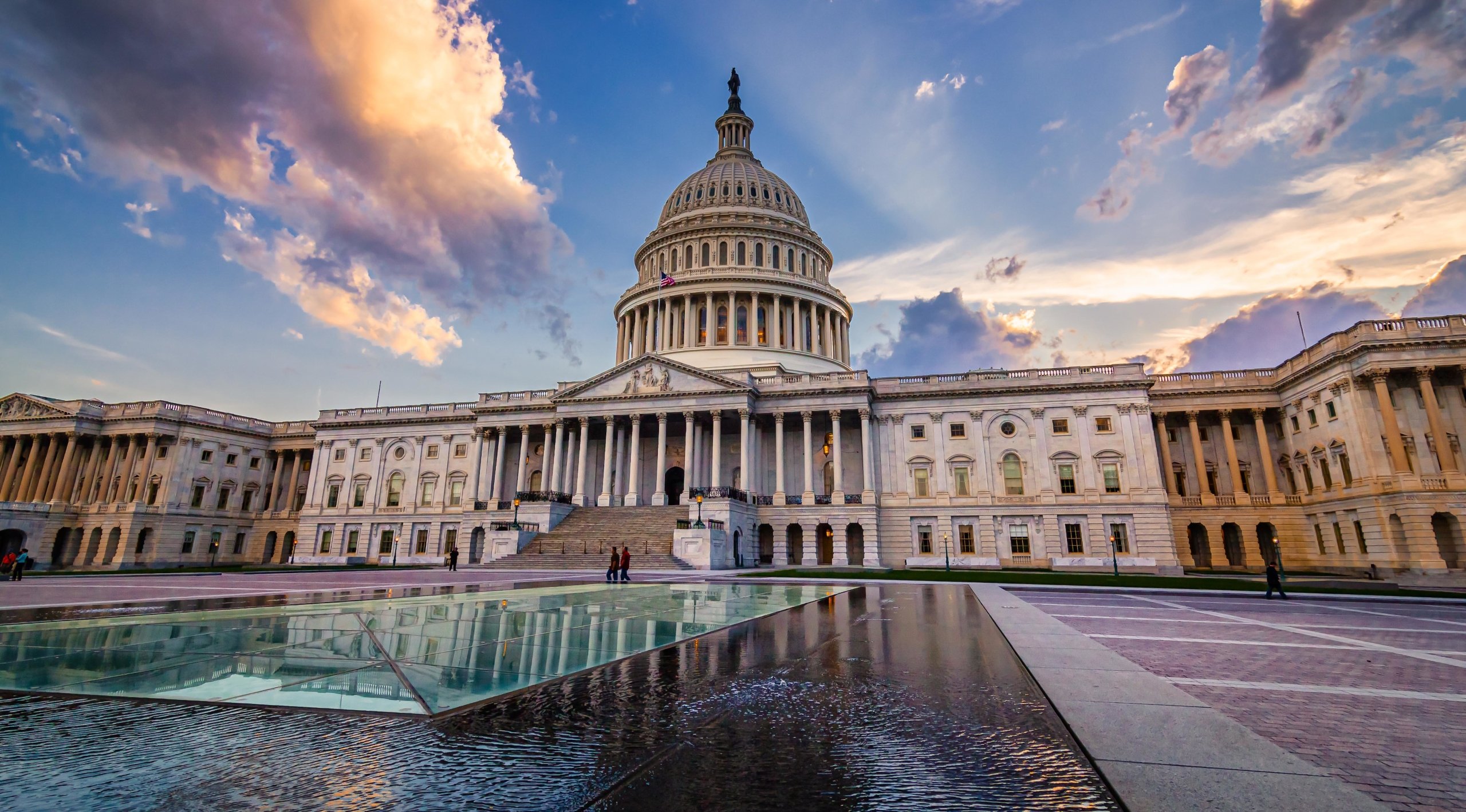
8 June 2023 • 4 minute read
The US National AI R&D Strategic Plan 2023: A comprehensive look into the future of AI
The Select Committee on Artificial Intelligence (AI) of the National Science and Technology Council has released its latest update to the US government’s National Artificial Intelligence Research and Development Strategic Plan.
The Plan is the latest move from the US government to forward America’s world leadership in regulatory and technological innovation. Updated to account for the substantial developments in technology, the Plan sets out comprehensive, actionable strategies, underscoring US leadership while tackling the ethical, legal, and societal implications of AI as it becomes more widespread.
Overall, the Plan is a testament to the nation’s long-term commitment to pioneering AI technology while considering its largest impacts. It redefines the roadmap for the future of AI, not only for the scientific community but for policymakers, educators, and businesses, and emphasizes the importance of a shared vision and collective effort to harness the full potential of AI technology.
Practical points
The Plan sets out nine thematic strategies that aim to advance these goals:
- Make long-term investments in fundamental and responsible AI research
- Develop effective methods of human-AI collaboration
- Understand and address the ethical, legal, and societal implications of AI
- Ensure the safety and security of AI systems
- Develop shared public datasets and environments for AI training and testing
- Measure and evaluate AI systems through standards and benchmarks
- Better understand the national AI R&D workforce needs
- Expand public-private partnerships to accelerate AI advances and
- Establish a principled and coordinated approach to international collaboration in AI research.
The Plan’s latest version strives to promote fundamental, responsible AI research and development. The document emphasizes that establishing public-private partnerships and developing methodologies for effective human-AI collaboration are essential in order to harness AI’s full potential. The plan thus calls for additional funding for several key agencies in the fields of science and AI, among them the National Science Foundation, the National Institute of Standards and Technology, and the Department of Energy’s Office of Science.
In addition to a direct focus on maintaining leadership and innovation in AI, the Plan also identifies the necessity of appropriate risk management and cybersecurity measures to ensure the safety and security of AI systems at an organizational and technical level. Furthermore, the Plan recognizes the necessity of evolving AI’s perceptual capabilities and the importance of advances in hardware that will improve AI performance.
This latest version of the Plan gives particular attention to shared public datasets and environments for AI training and testing and the measurement and evaluation of AI systems through established standards and benchmarks – underscoring the growing public demand for the democratization of access to resources and the need for standards that certify AI systems as trustworthy and unbiased.
Addressing the future of work, the Plan also acknowledges the importance of understanding the need for an expert AI workforce to fill gaps and disparities, including development of training and educational programs to meet the growing demand for AI professionals: strengthening capabilities within the US, the Plan says, will promote national competitiveness, helping the US to attract and retain businesses and talent throughout the multiple levels of the AI supply chain.
In a more outward-facing strategy, the Plan also highlights the importance of international collaboration in AI and commits the US to wider global cooperation.
How can organizations prepare themselves?
While the Plan focuses on each of its strategies from a high-level perspective, organizations would be encouraged to become familiar with the nine thematic strategies and their implications for the future of AI.
Early consideration of key concepts and components of the US government’s wider AI strategy will allow organizations to flex their use of AI and surrounding policies to meet the needs of future regulations, while ensuring that any benefits from government intervention can also be received.
Organizations would also be encouraged to consider whether their current workforce meets the needs identified throughout the Plan. If it does not, then consider whether future investments in talent with a higher level of AI expertise would benefit your commercial strategies in the long term.
For more information, please contact any of the authors. You may also enjoy our Focus on Artificial Intelligence hub.


